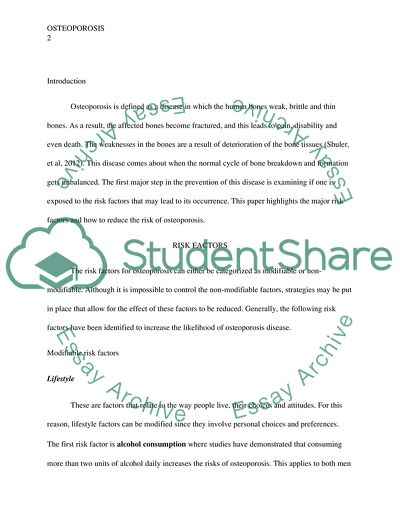Cite this document
(Not Found (#404) - StudentShare, n.d.)
Not Found (#404) - StudentShare. https://studentshare.org/medical-science/1835637-osteoporosis-risk-factors
Not Found (#404) - StudentShare. https://studentshare.org/medical-science/1835637-osteoporosis-risk-factors
(Not Found (#404) - StudentShare)
Not Found (#404) - StudentShare. https://studentshare.org/medical-science/1835637-osteoporosis-risk-factors.
Not Found (#404) - StudentShare. https://studentshare.org/medical-science/1835637-osteoporosis-risk-factors.
“Not Found (#404) - StudentShare”. https://studentshare.org/medical-science/1835637-osteoporosis-risk-factors.


